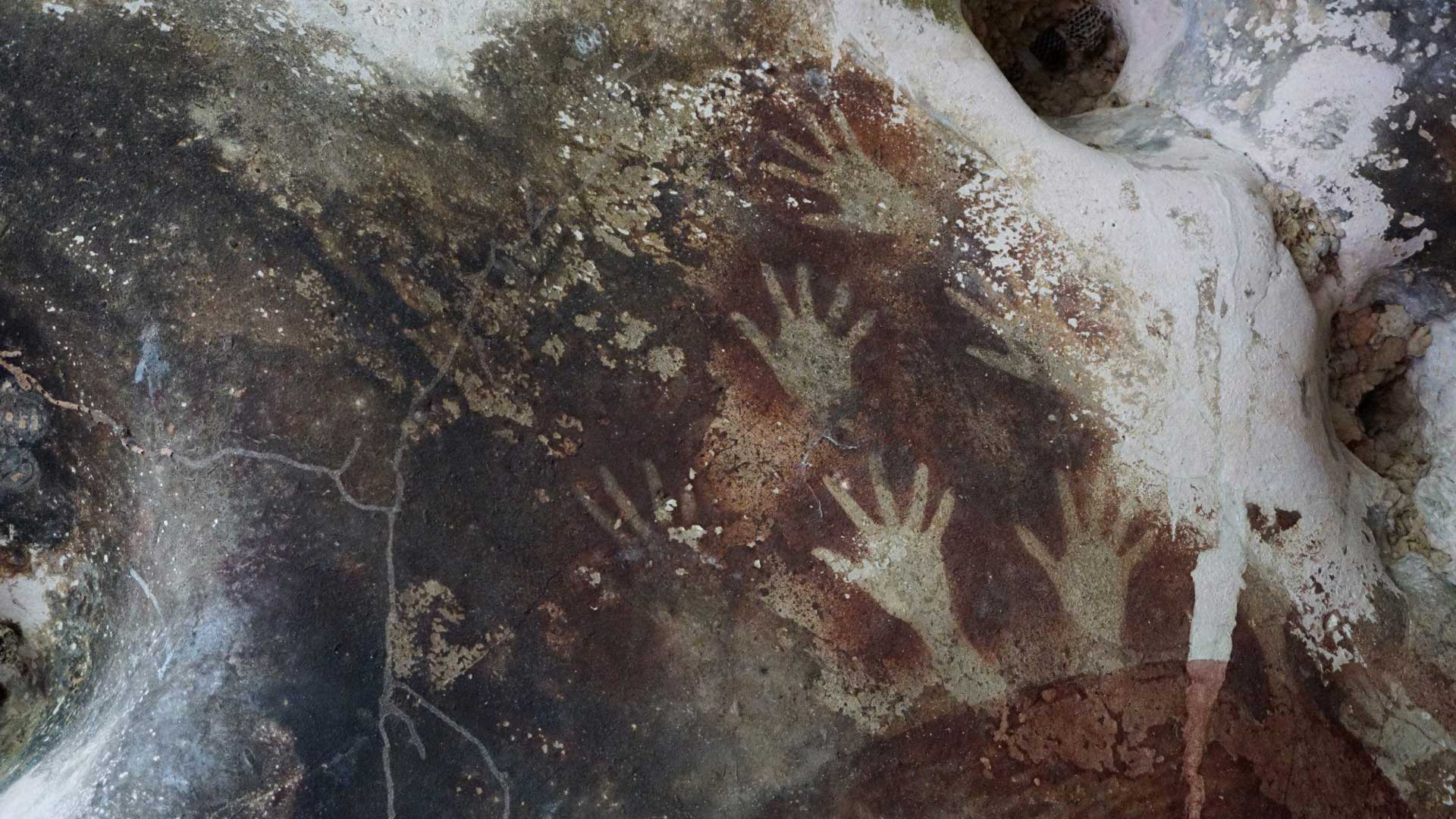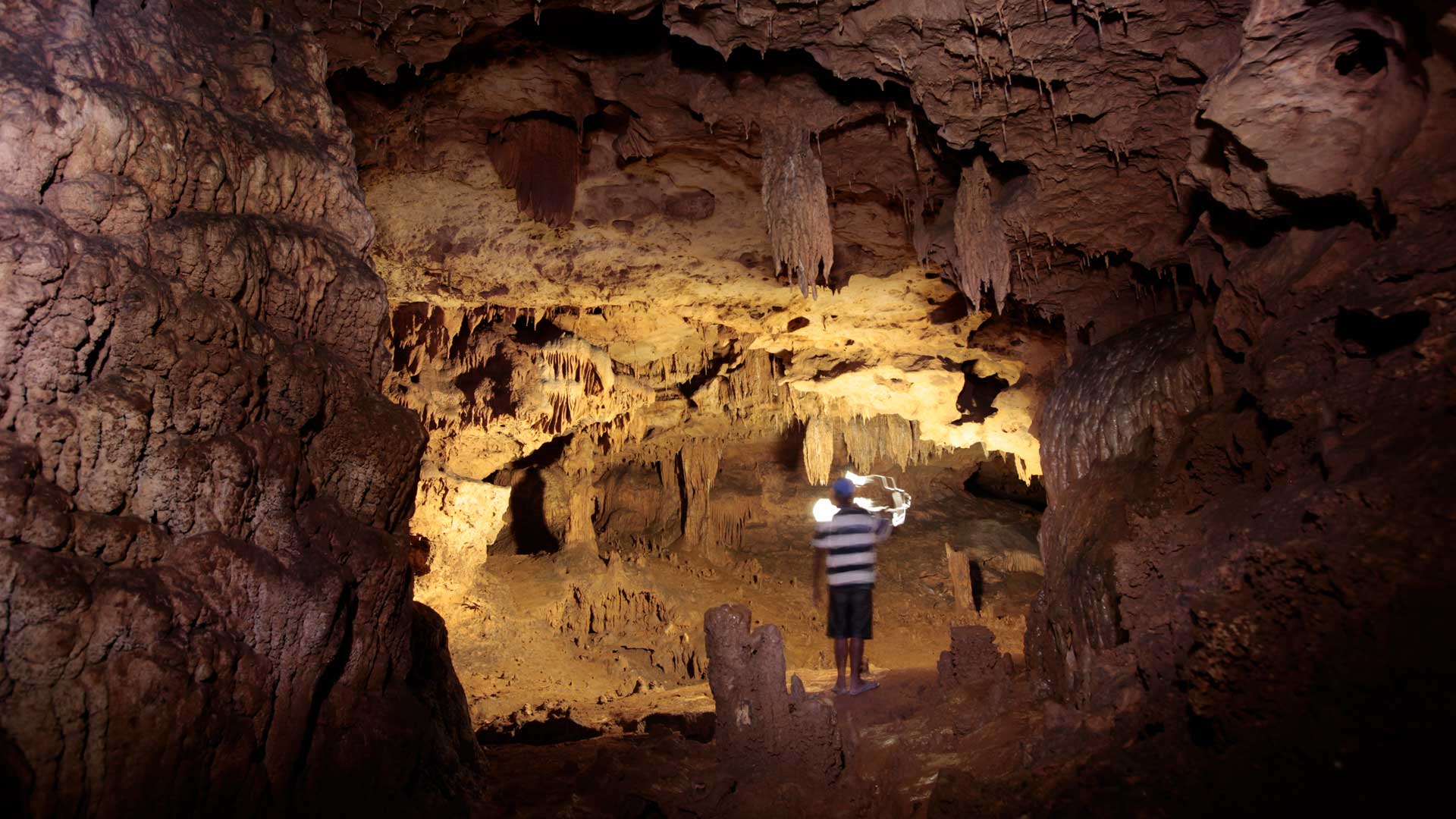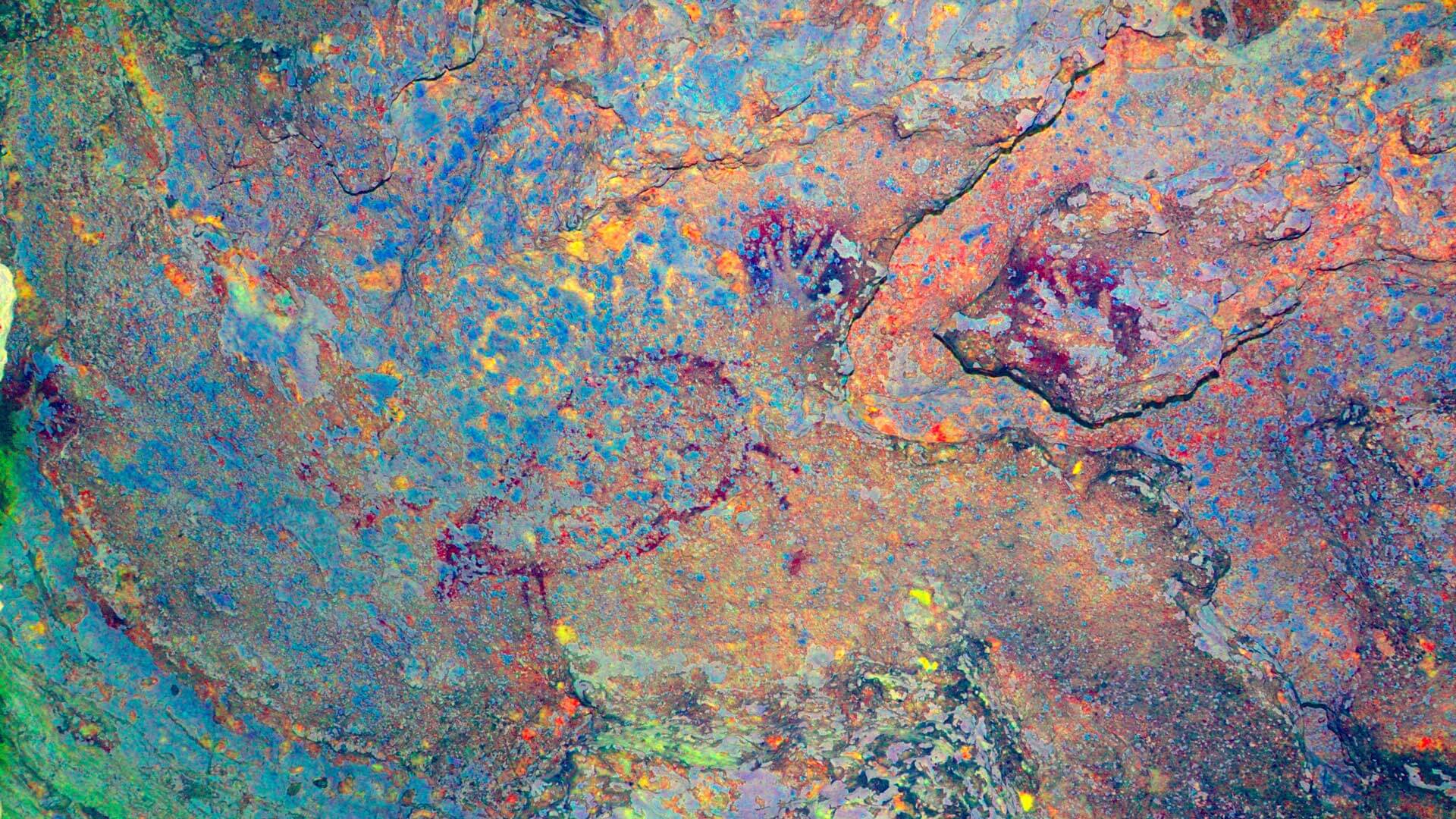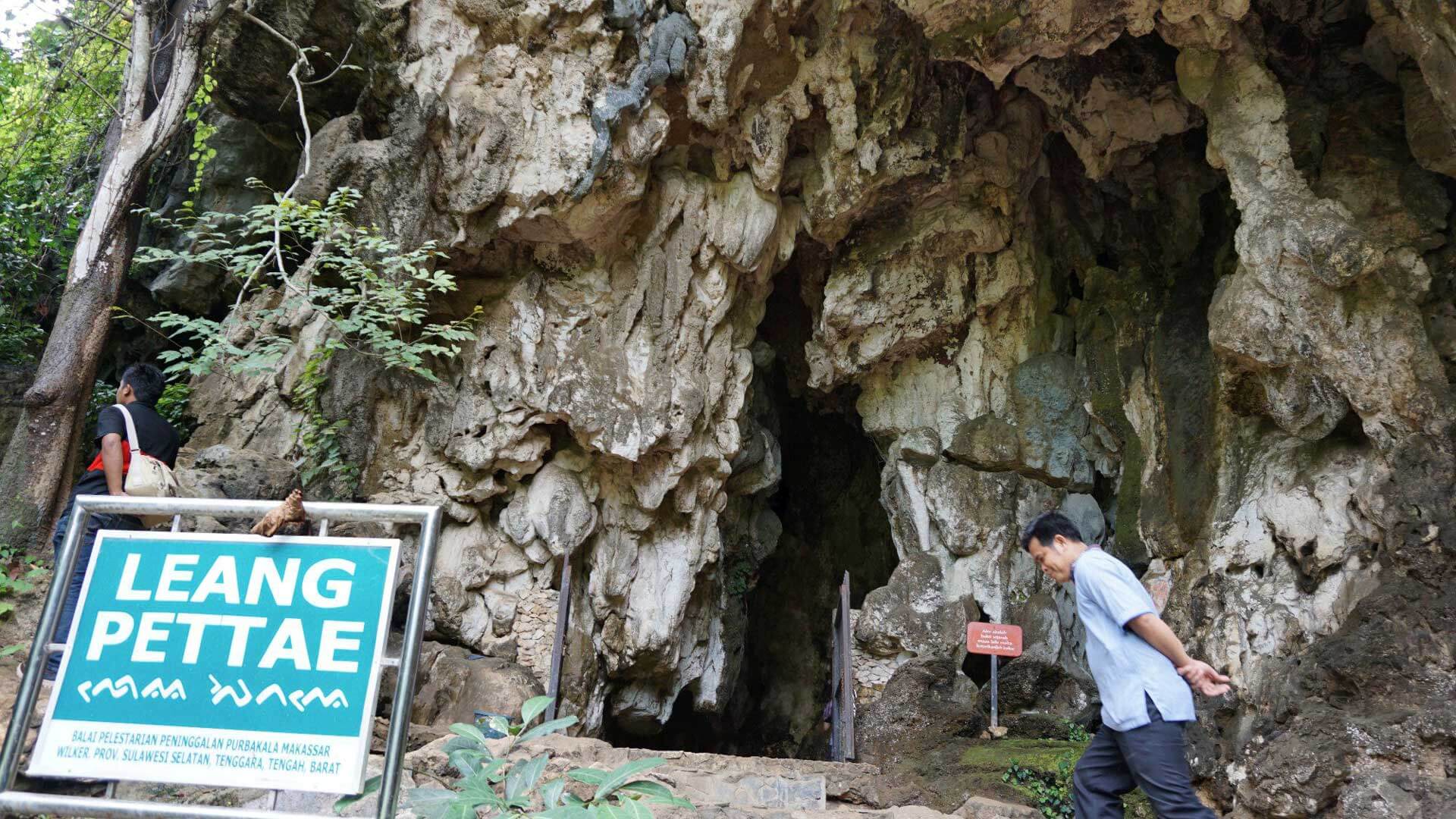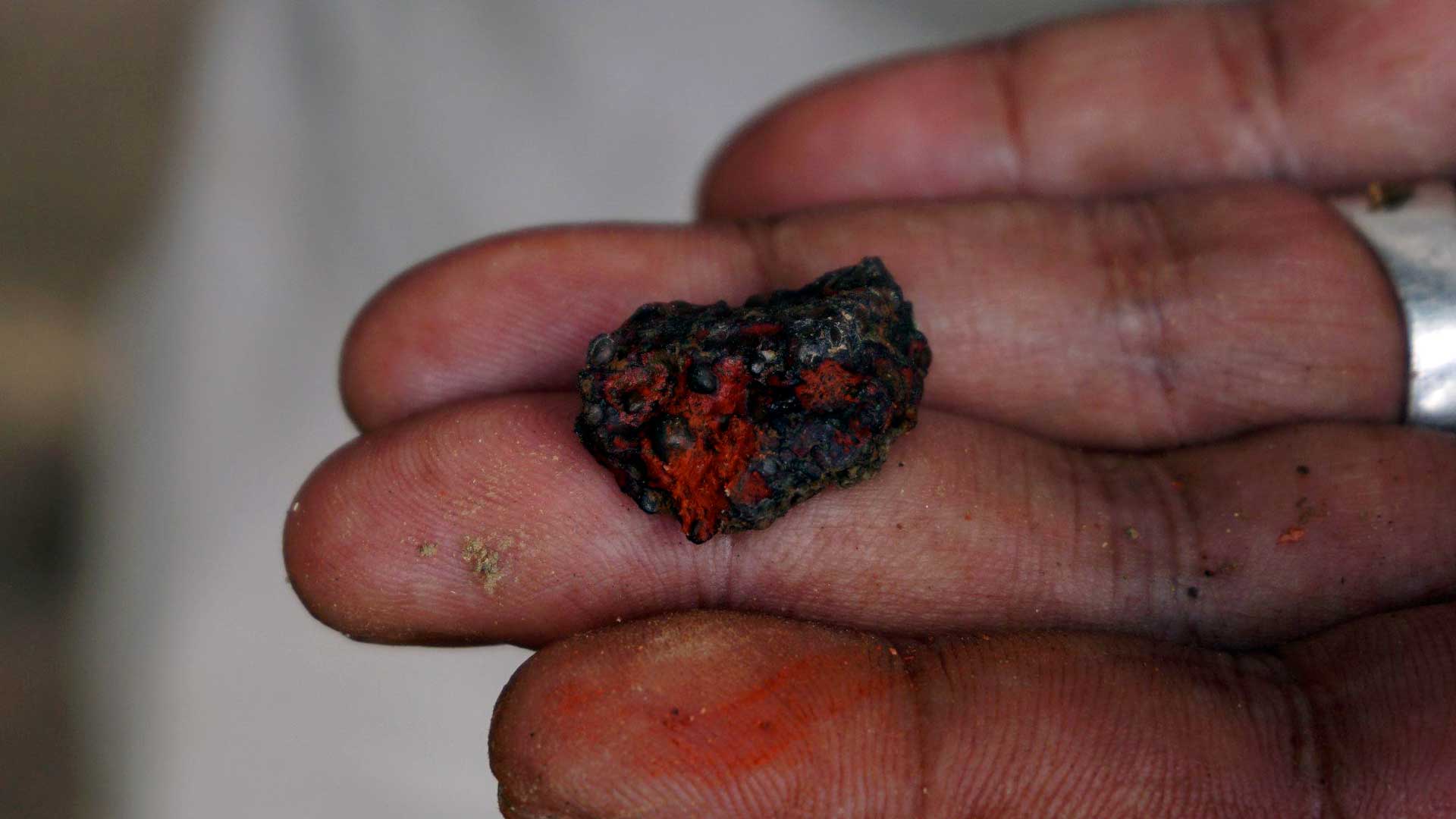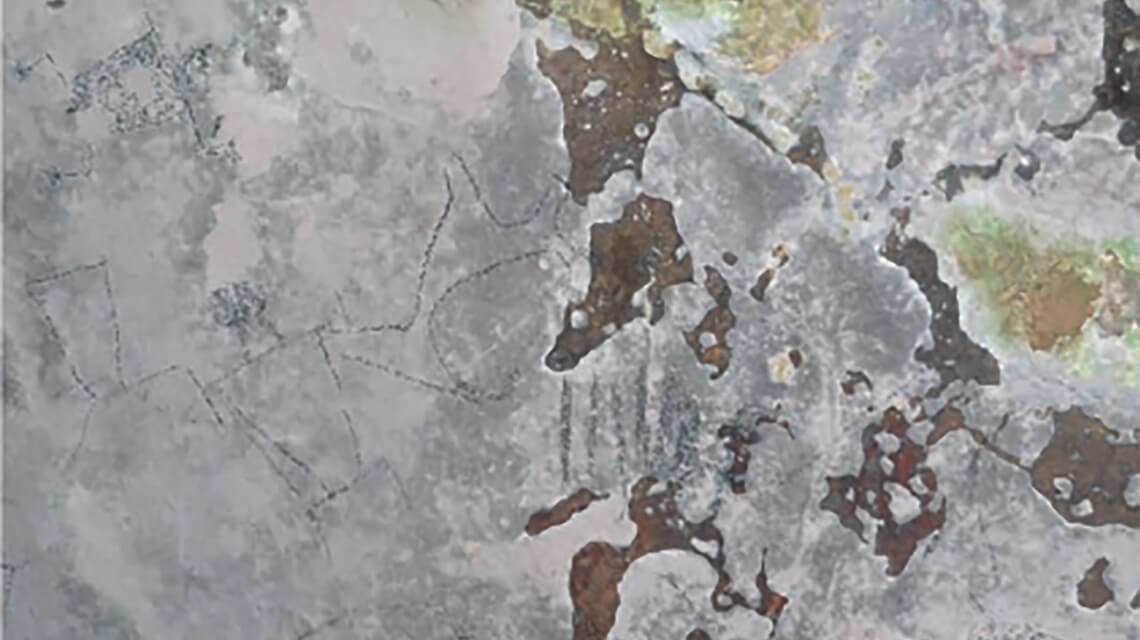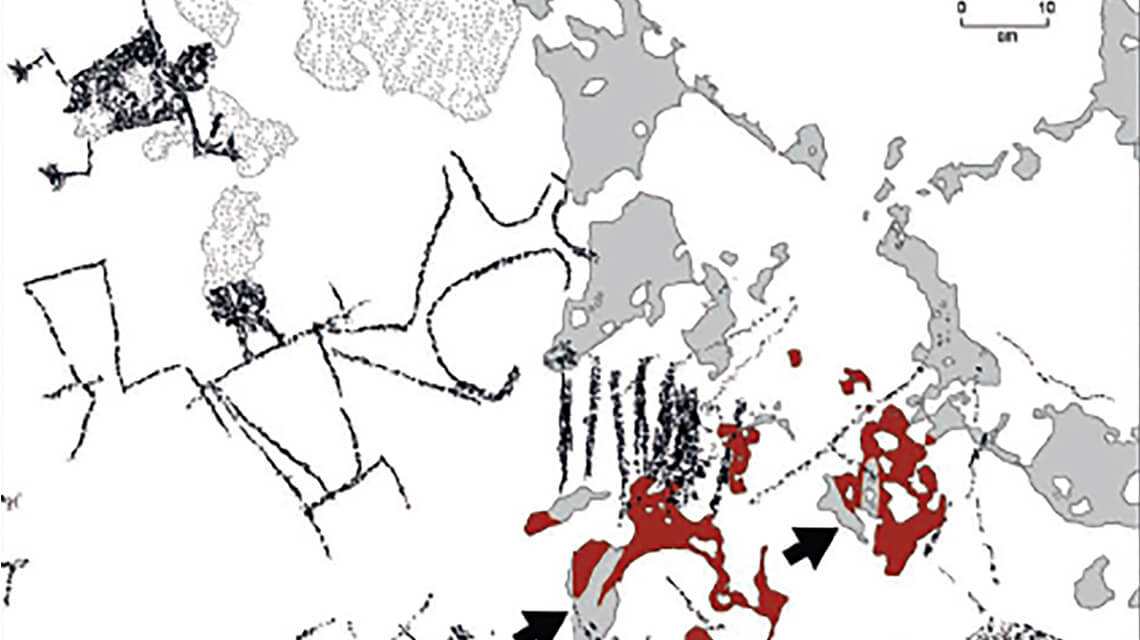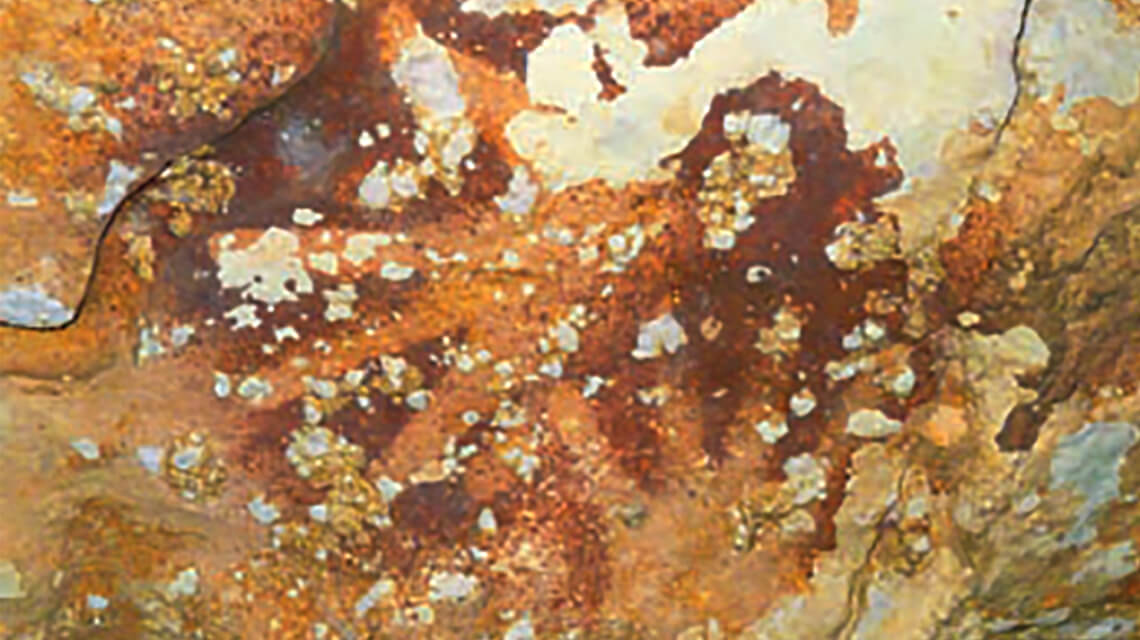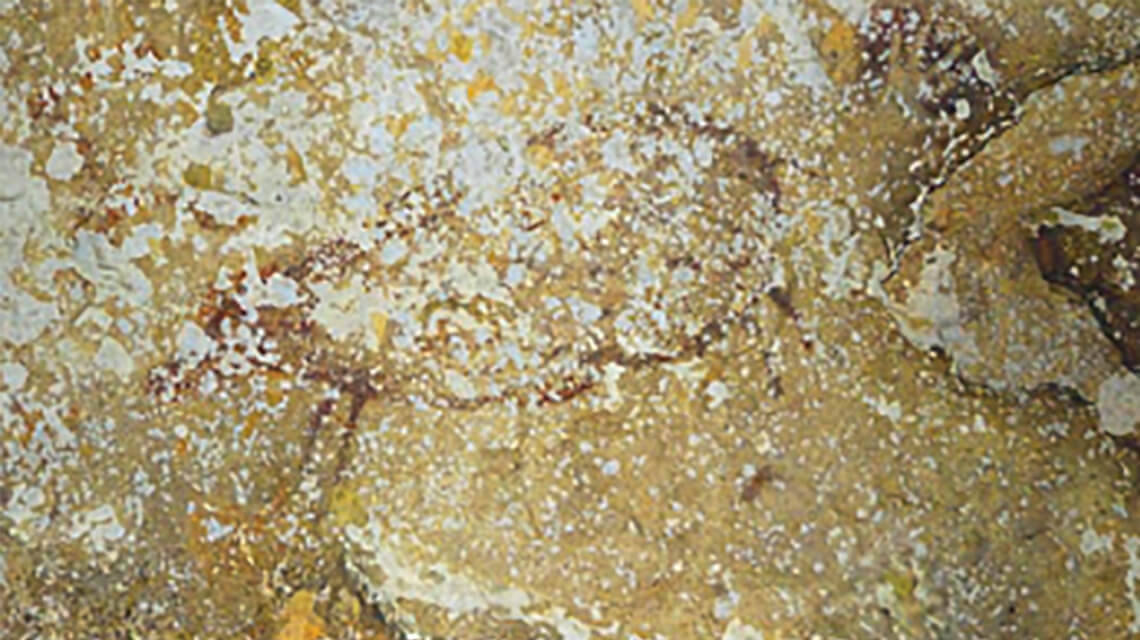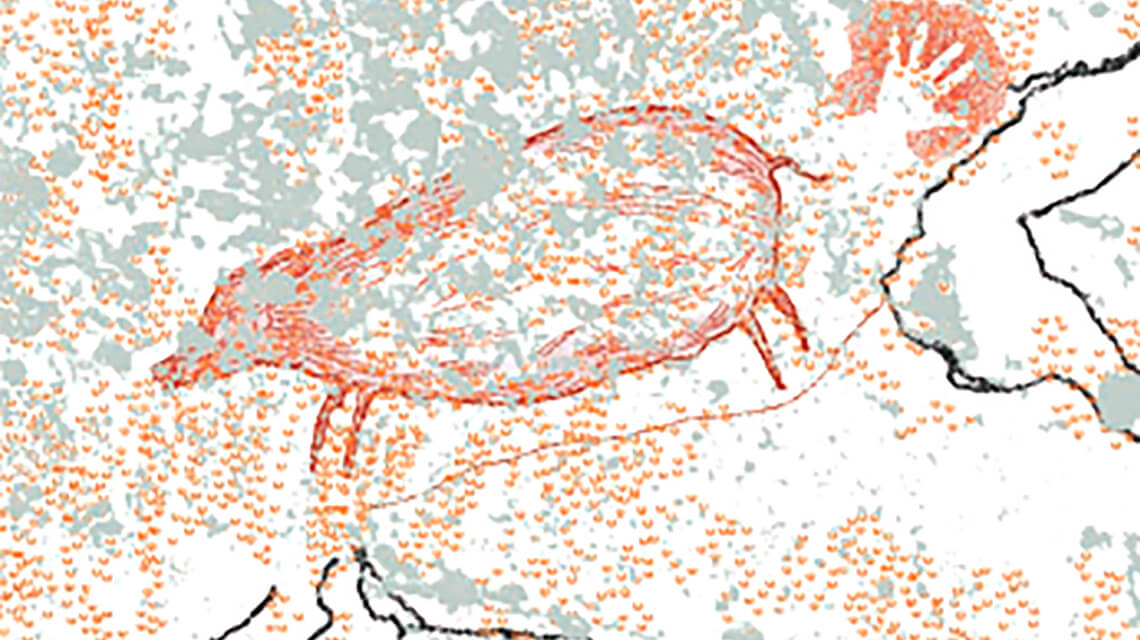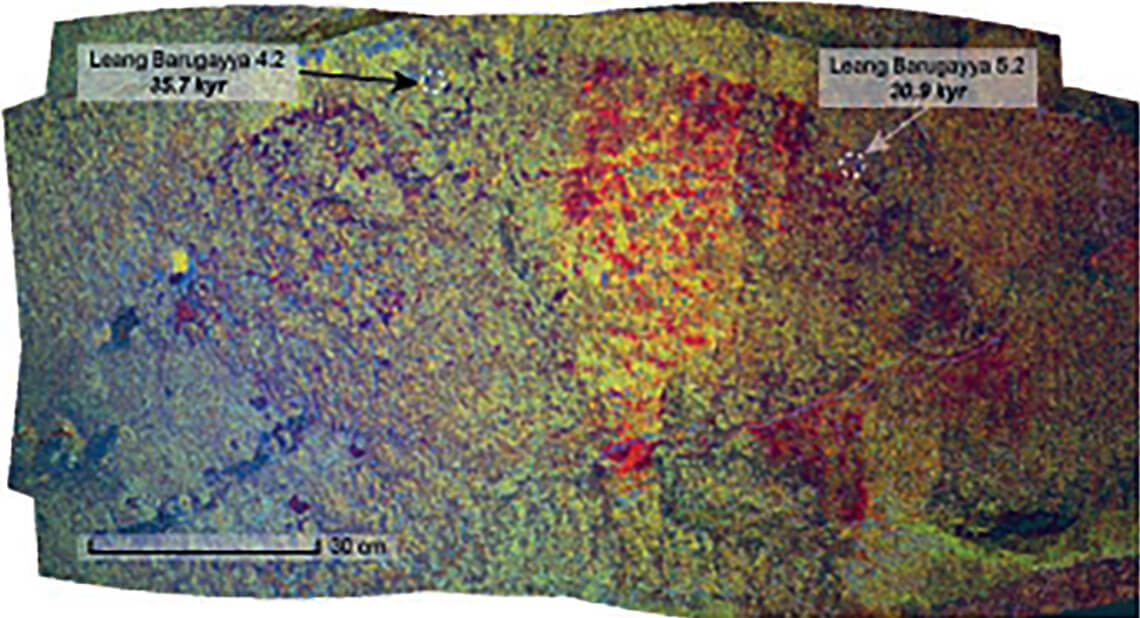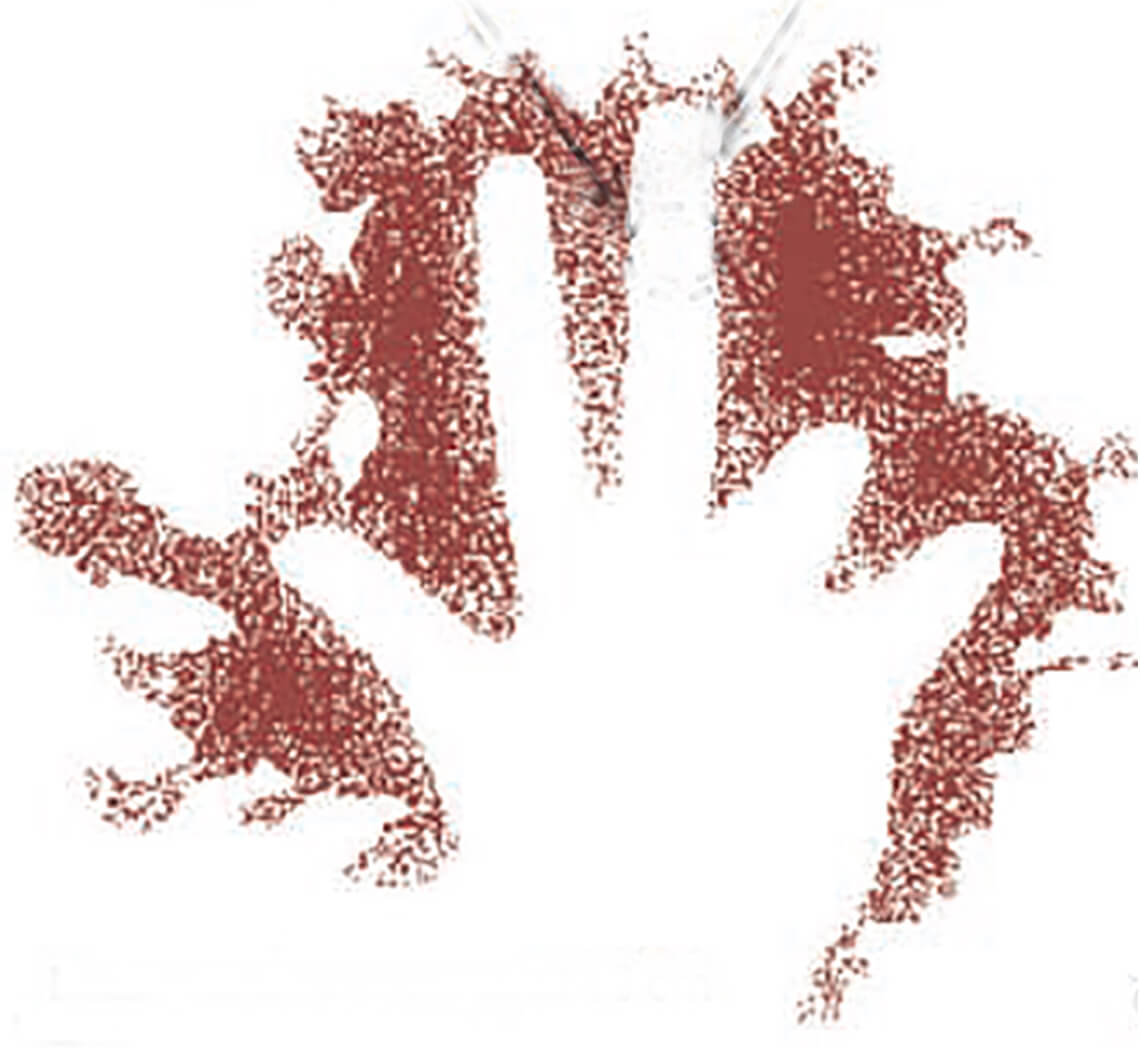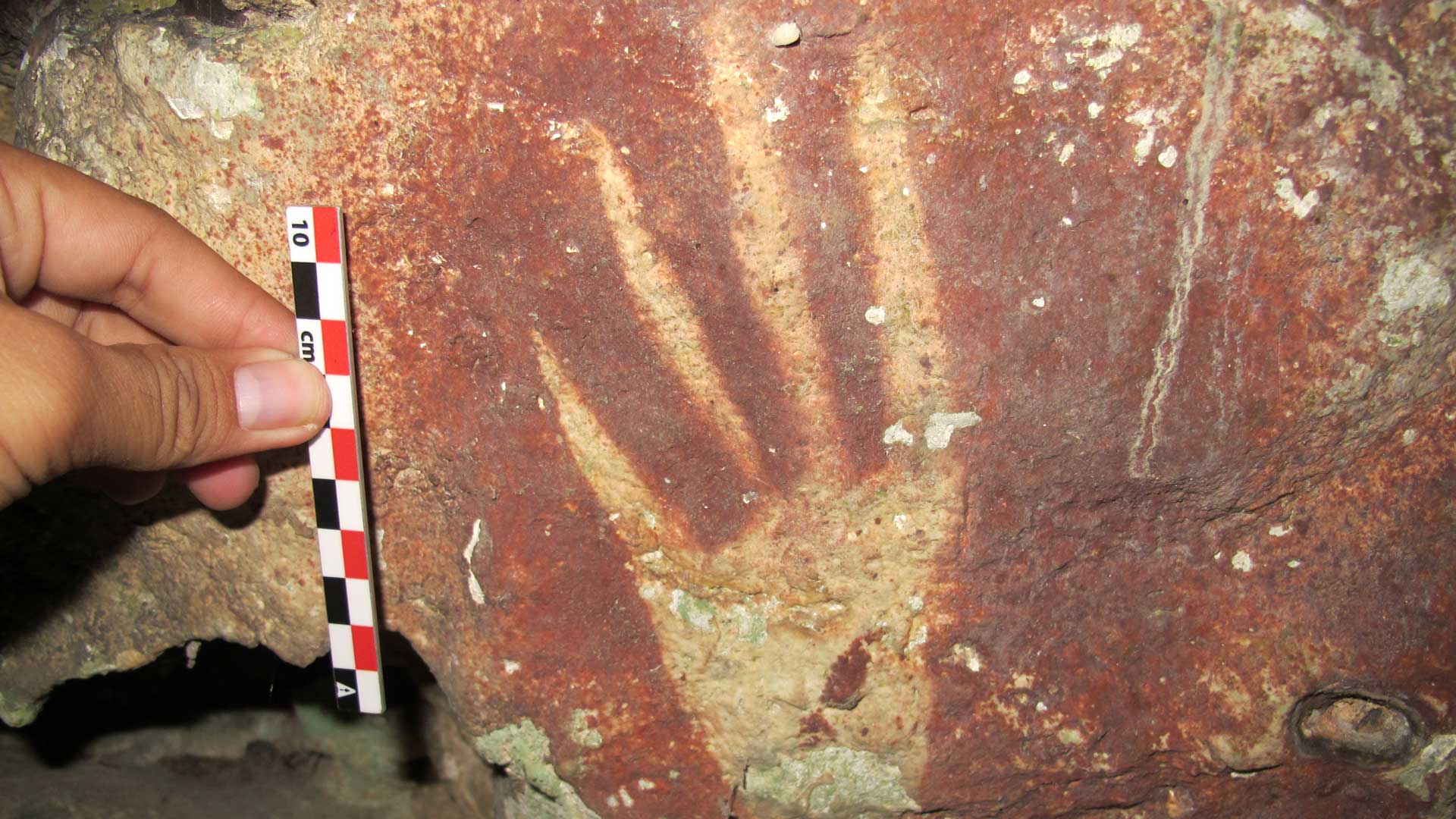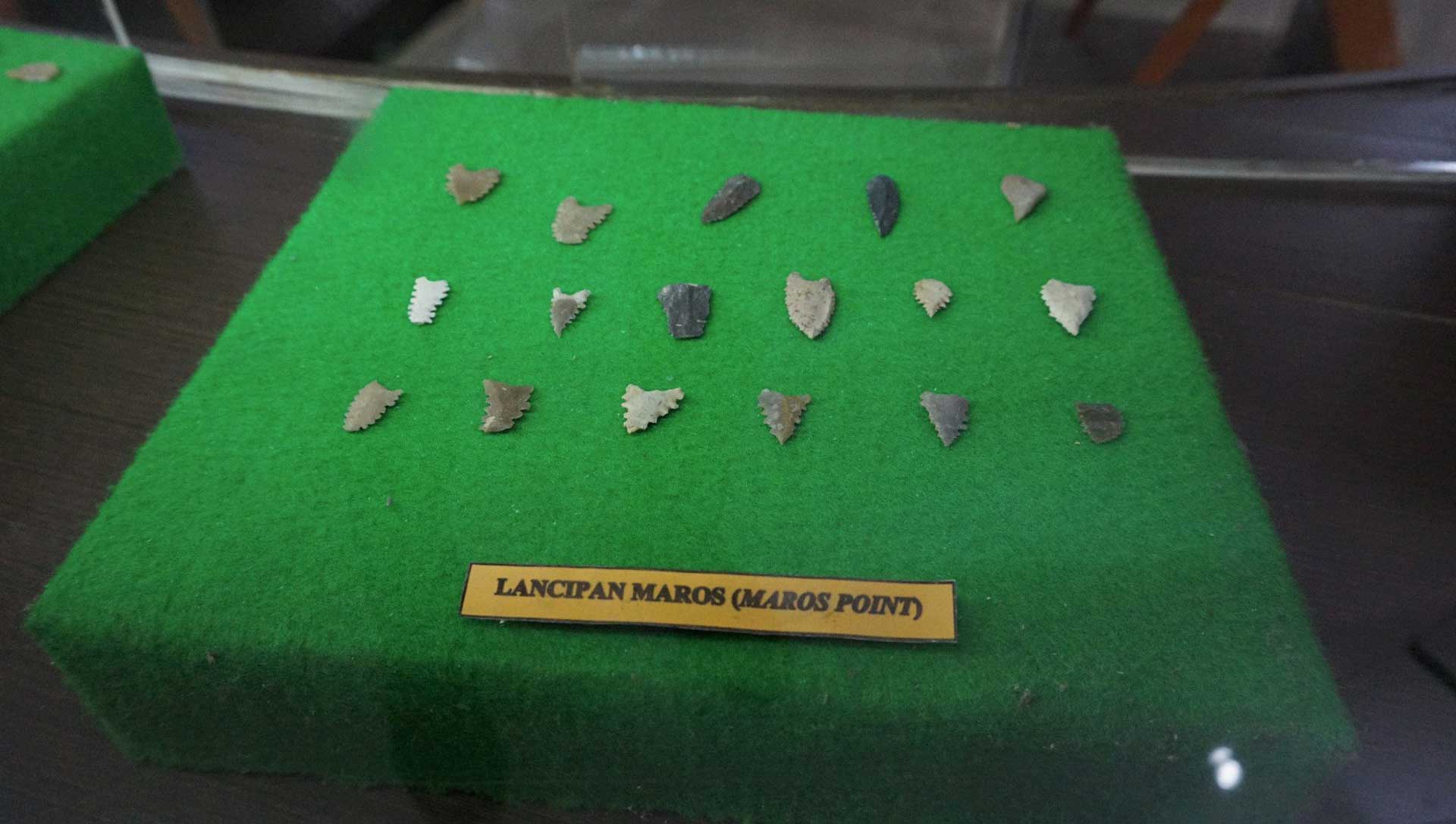Then what is the meaning of those images or paintings?
Budianto predicted that the hand paintings are part of a ritual to provide protection for the inhabitants of the cave from curses and other negative occurrences. He said they might have been created before man understood the concept of God or a higher being to ask for help.
The prediction was supported with the findings of several caves with paintings that were not occupied by humans. Such caves are located at the top of the hill and are difficult to access. They are also situated from food sources and river. Furthermore, no waste was found, such as animal bones or shells that were commonly found around caves inhabited by human.
It means those caves have particular functions, one of which is to perform ritual practices related to those paintings.“So, human at that time used rituals to unify their community,” Budianto said.
Bandung Institute of Technology (ITB) researcher Pindi Setiawan said those prehistoric paintings showed the advanced skills of early humans living in the archipelago. Aside from Maros, Pindi has also researched cave paintings in East Kalimantan.
From his assessment, the men producing the paintings considered layout, lighting and points of view to produce the arts.
The ITB visual communication and multimedia lecturer also said the paintings were not mute drawings, but a process that involved all of the painter’s senses.
“There are cave paintings that are important visually, but there are also paintings that are important in their creation, such as the use of prayers during the painting process,” Pindi said. These were produced in high numbers and located in high places.
Why was the painting important? Pindi predicted it was related to the religious system of the painter at that time. In this sense, the hand painting functioned as a medium of communication with another world that existed with the real world.
Meanwhile, regarding the painting of animals, Pindi said it was an expression of the animal that was respected and considered to have special features at that time. “It was also related to the religious value of humans at that time,” he said.
Budianto added that the handprint painting culture continued until the arrival of the Austronesia-speaking humans to Sulawesi 4,000 years ago. Austronesia-speaking humans are one of the forefathers of the Indonesian nation.
Moreover, Budianto said in Buginese culture, hand painting is part of the Ma’bedda Bola tradition, which means putting cosmetics on the house. That tradition is a ritual to celebrate a new house, bless the inhabitant and protect them from evil.
The ritual was usually led by a sanro (community leader) who walked around the house while uttering prayers. Then, he would soak his hand into a mix of water and rice flour before pressing his palm onto the wall or pillar of the house. The handprint will be left as it is for years.
“This may be a form of knowledge from the prehistoric era to the present time,” Budianto said.
However, the Ma’bedda Bola tradition is now difficult to find, said Lahab, 54, a resident of Kalabbirang subdistrict and caretaker of the Leang-leang Prehistoric Park.
“In the past, when my parents entered a new house, they performed this ritual. I also performed the same ritual for my house. I did not know what it meant exactly. Essentially, it was a ritual to protect the inhabitants from misfortune,” Lahab said.

 Maros Cave
Maros Cave
